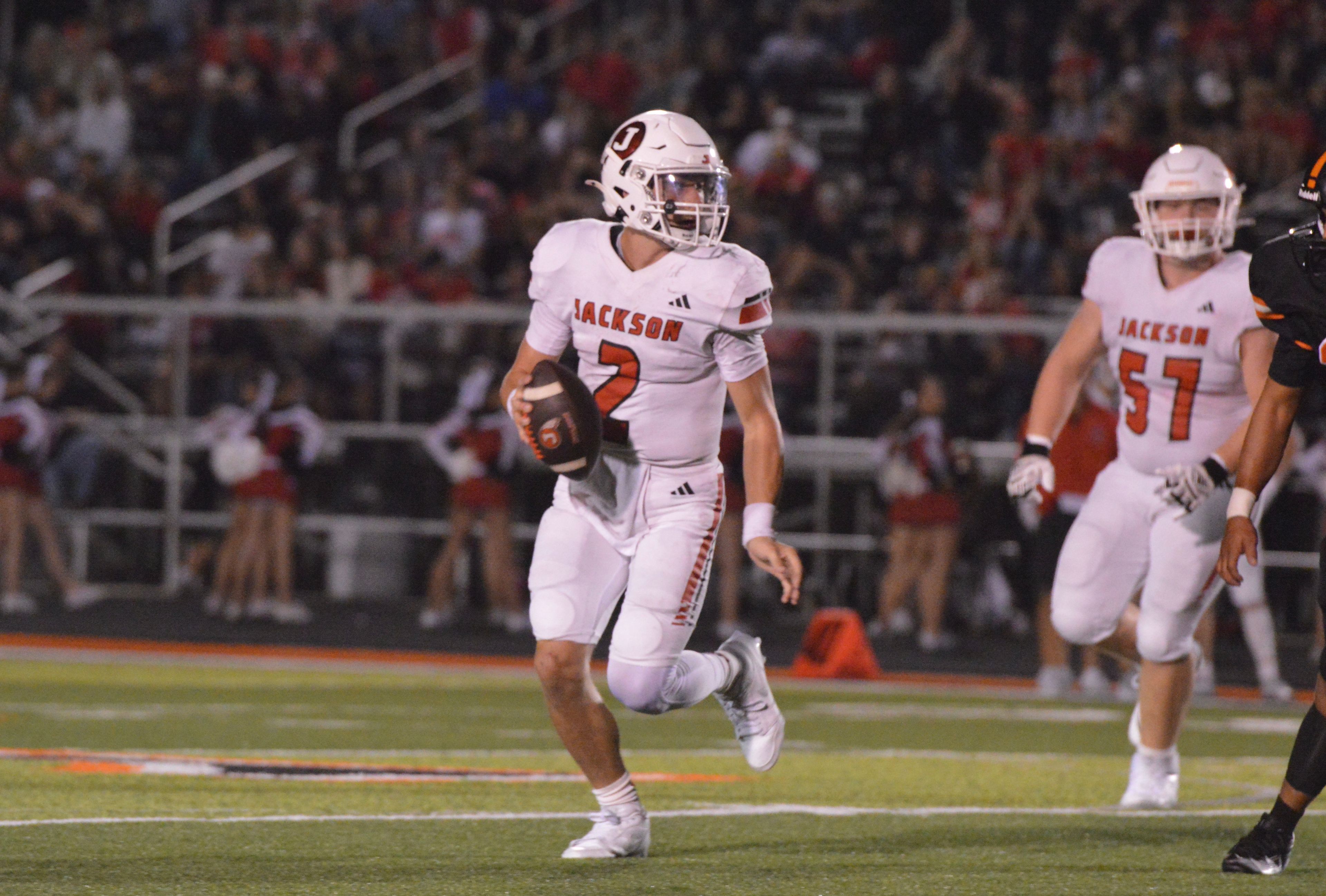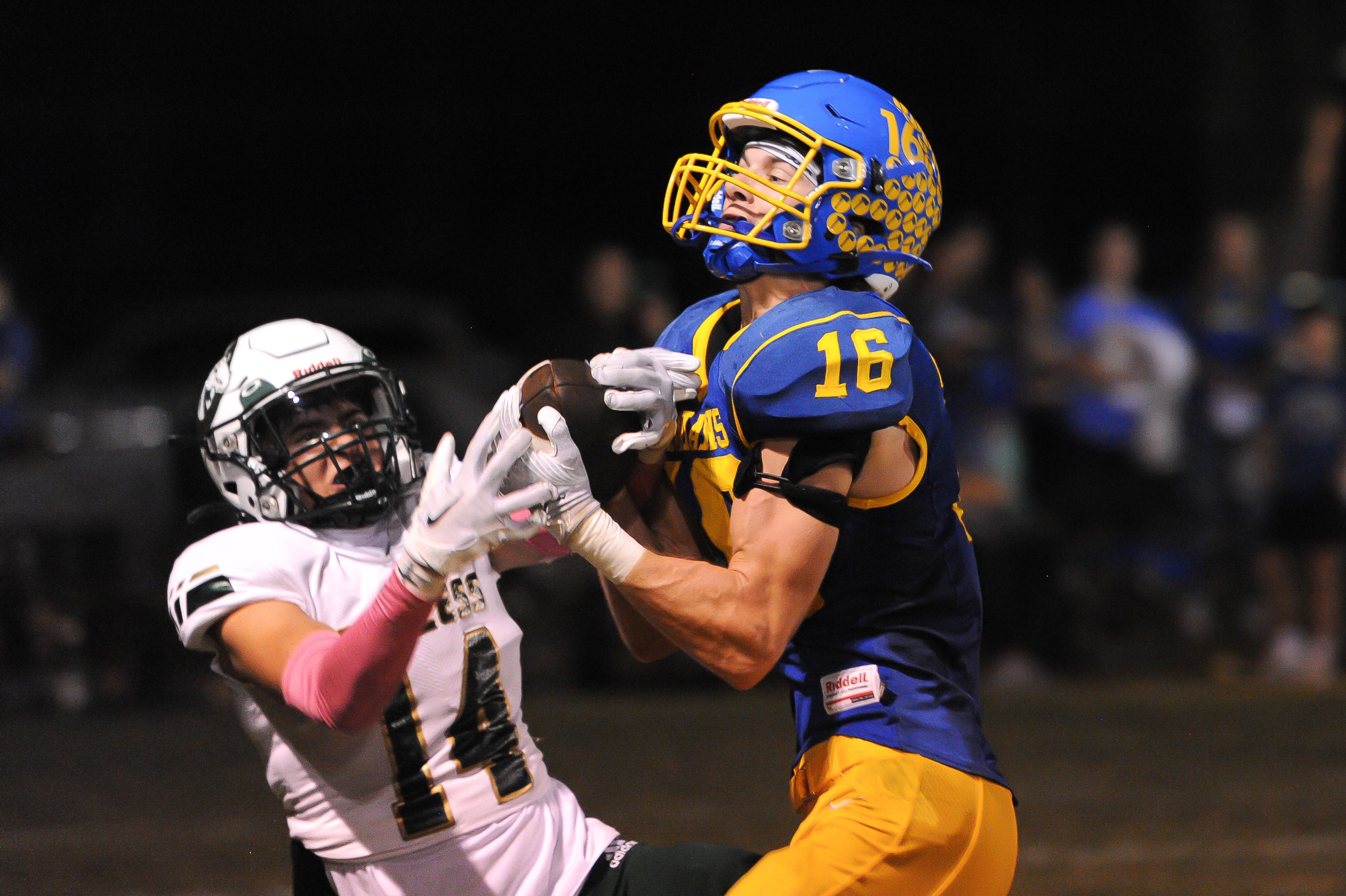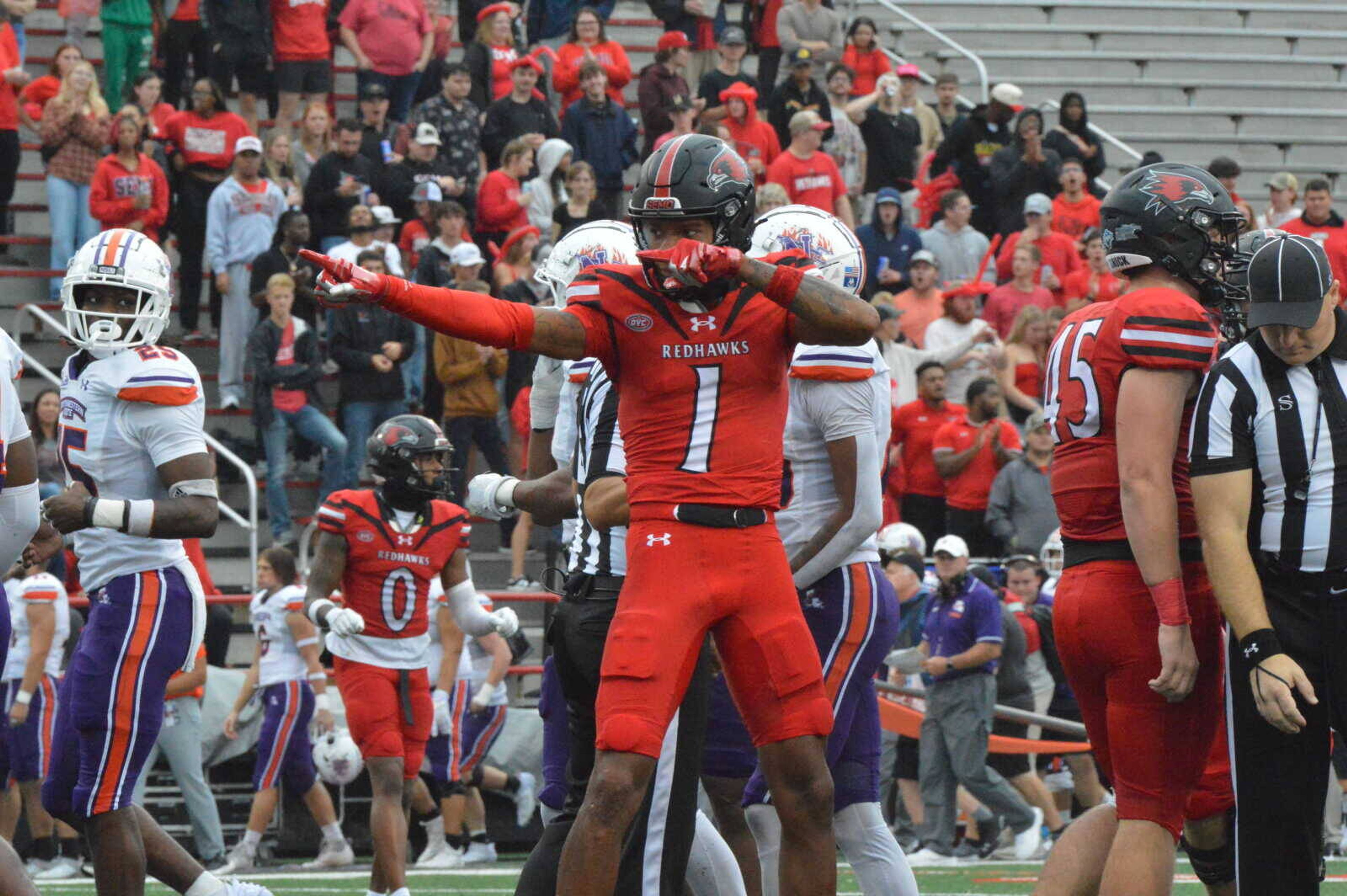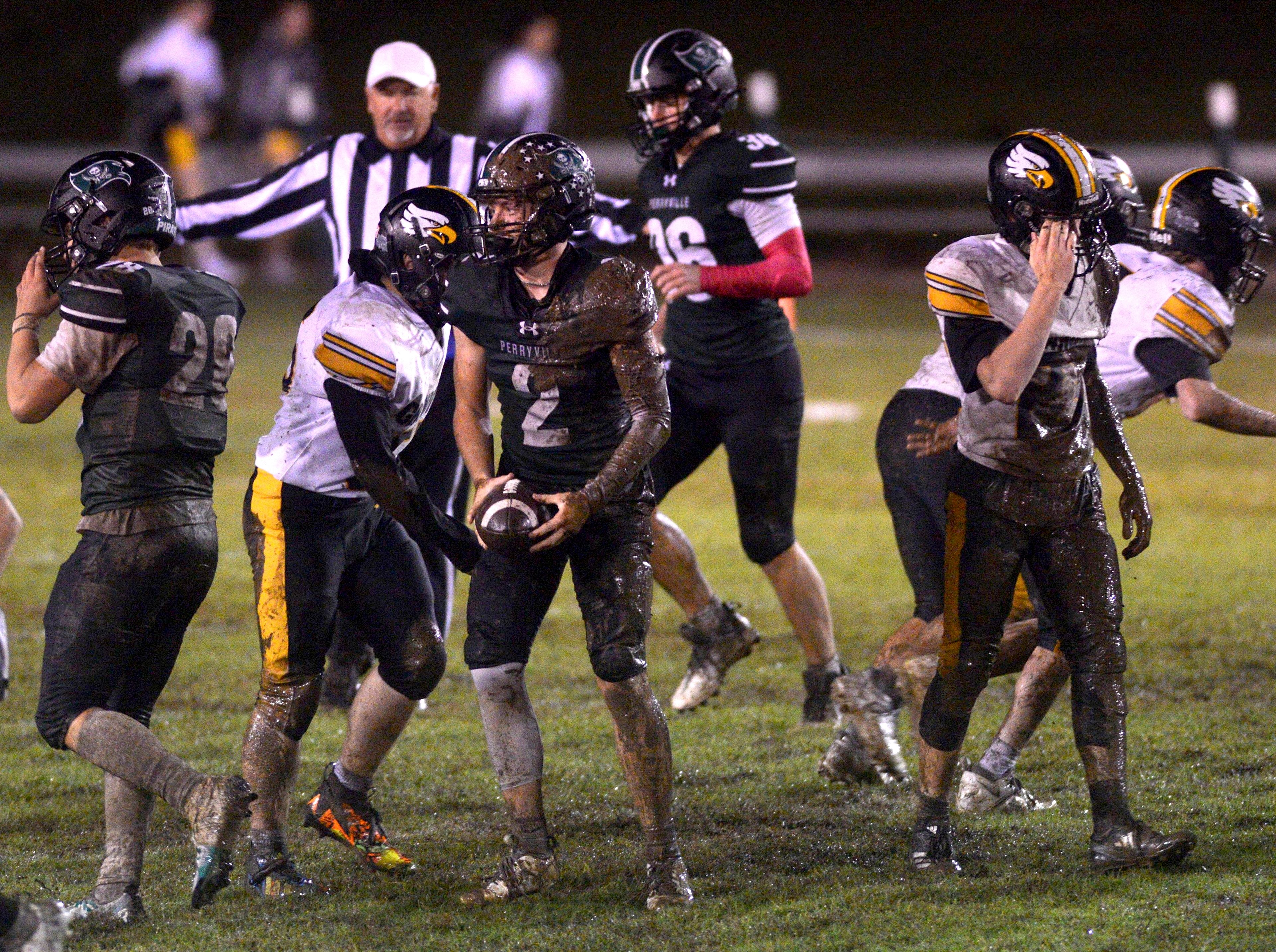SOUTH BEND, Ind. -- One day, there will be no more firsts. One day, they will not be pioneers. One day, Tyrone Willingham and Bobby Williams simply will be coaches.
But as of this moment, Willingham and Williams are firsts. Willingham, the first-year coach of Notre Dame, is the first black head coach at the school in any sport. Williams, the coach of Michigan State since late 1999, was the first black coach to take over a top-10 program. In addition, he was Michigan State's first black football coach.
When their teams meet today at Spartan Stadium, it won't be the first time two black coaches in Division I-A have been standing on opposite sidelines. But it is perhaps the first time a game between two black coaches has received so much national attention.
The stature of their programs has turned this rivalry game into a benchmark for black college football coaches. Of the four black coaches in Division I-A, Willingham and Williams are by far in the most prominent positions.
Notre Dame is undefeated (3-0) and ranked 15th in the country. MSU (2-1) is unranked but is considered a Big Ten title contender. MSU also has won five straight over the Irish.
"The fact that two coaches of African-American descent will go against each other this weekend is significant," Willingham said, "but it also points to a shortcoming in our system. And that is disappointing."
The social context of today's game is as enormous as the rivalry. But by no means is it the only storyline. Just as important as where Willingham and Williams are is how they got there and who they are.
Shared similarities
Willingham and Williams share a lot more similarities than just skin color. They have reached their respective positions because of their character and competitiveness. That this game has become bigger than both is not lost on either coach.
Williams believes today's game may be talked about in the same way as the 1966 showdown between Notre Dame and MSU.
"You had two great coaches, Ara Parseghian and Duffy Daugherty, and all the great players that played in that football game," Williams said. "But to see how much college football has evolved since then, 36 years later, you have two black coaches coaching in a game of this magnitude. And to have this game broadcast nationally, you look around and all these kids that will see this game, they'll see these two coaches on the sideline. They'll say, 'Hey, someday I may have the opportunity to be a head football coach.'"
It was that game that forged what is perhaps the strongest link between Willingham and Williams -- Michigan State.
Willingham was 12 when the game was played, and seeing MSU's Jimmy Raye, a black quarterback and fellow North Carolina native, convinced Willingham to be a quarterback. At 5-feet-6 and maybe 140 pounds, Willingham became the starting quarterback for his high school. He desperately wanted to play college football so he wrote 150 letters begging for a scholarship.
Only MSU and Toledo responded. Neither offered a scholarship, but Willingham was given an opportunity to be a walk-on. With Raye at MSU as an assistant coach, Willingham came to East Lansing. He later earned a scholarship and lettered in football and baseball.
But at one point, Willingham thought about quitting football or moving on to another school. His coach, Darryl Rogers, asked him to switch from the position he always loved to defensive back. His academic adviser at the time, former MSU athletic director Clarence Underwood, convinced Willingham to stay at MSU. As a result, Willingham broke into coaching as a graduate assistant for Rogers.
"He was head and shoulders above everyone else," Underwood said. "He was a natural leader. Some people deviated from doing the right thing. Tyrone always did the right thing."
Facing challenges
Williams did not have to fight his way into college football as a player out of St. Louis. He attended Purdue on full scholarship. But once he was there, he was met with other challenges.
Williams was one of four freshmen tailbacks. He was the last to receive repetitions in practice. But he worked hard his first year, studying film and applying himself as the others didn't. By season's end, he was the starter. He finished as the team's second-leading rusher, but the next three years he played defensive back.
Like Willingham, Williams began his coaching career at his alma mater as a graduate assistant. He came to MSU in 1990 as running backs coach, where he was for 10 years before being selected head coach.
"I always thought he had the ability to be a head coachs,"said former MSU coach George Perles, who hired Williams. "And I always tried to hire people who were a lot better than I was because that's how you survive in this business."
Connect with the Southeast Missourian Newsroom:
For corrections to this story or other insights for the editor, click here. To submit a letter to the editor, click here. To learn about the Southeast Missourian’s AI Policy, click here.






